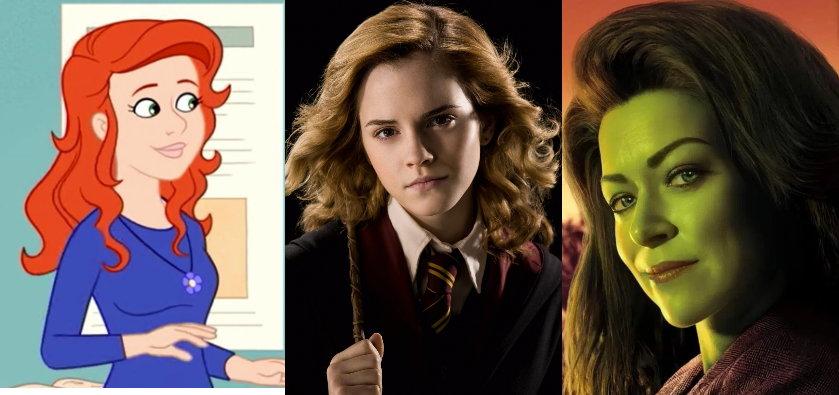5 Things You Thought Exist, but (Nominally) Do Not
- Micah Kolding
- Aug 1, 2021
- 4 min read
1. Bangkok
We all know Bangkok as the capital of Thailand, a destination for all manner of bizarre sexual adventure, and evidently a place where one can make the world his or her “oyster” over the course of a single night. But what if I told you that it was also the world record holder for the city with the longest name? As bizarre a feat as this may be for a seven-letter word, the fact is that “One night in Krung Thep Mahanakhon Amon Rattanakosin Mahinthara Ayuthaya Mahadilok Phop Noppharat Ratchathani Burirom Udomratchaniwet Mahasathan Amon Piman Awatan Sathit Sakkathattiya Witsanukam Prasit” doesn’t exactly roll off the tongue.
Yes, this is the official name of Thailand’s capital. In English, it translates roughly to “The City of Gods, the Great City, the Residence of the Emerald Buddha, the Impregnable City of the God Indra, the Grand Capital of the World Endowed with Nine Precious Gems, the Happy City Abounding in Enormous Royal Palaces Which Resemble the Heavenly Abode Wherein Dwell the Reincarnated Gods, a City Given by Indra and Built by Vishnukarm”. For obvious reasons, locales like to call it “Krung Thep” for short.
The real Bangkok was apparently a village that hasn’t existed for hundreds of years.
2. Pluto
Those among the readership who are old enough to watch movies with naked people in them should remember a time when our solar system had nine planets. The rest of you may recognize the name “Pluto” as the weird little space rock that weird older people demand to see restored to its former glory. If you know anyone who wears an “In My Day, We Had NINE Planets” shirt, try telling him or her that Pluto technically stopped existing when it was stripped of its planet-hood.
On September 7th of 2006, the planet we knew as Pluto was re-dubbed Asteroid #134340. Officially, there is no such thing as Pluto anymore.
3. Three of the Four Horsemen
If somebody asked you to name the Four Horsemen of the Apocalypse, you’d probably say Death, War, Pestilence, and Famine. After all, there are countless references to such figures in popular culture, and more than a few in unpopular culture as well. Even people who aren’t sure how to spell “Jesus” are confident in at least these Biblical figures. Fifty-thousand angsty suburbanites with Jack Skellington backpacks can’t be wrong, can they?
Granted, the Horsemen are literary figures, and a reasonable case can be made that their names are whatever people believe them to be. However, going back to the source material, many are surprised to discover that only one of the macabre quartet is ever identified by name. “I looked, and behold, an ashen horse; and he who sat on it had the name Death.” The other three are given brief descriptions that have lent themselves to fun little Hollywood interpretations, but they’re ultimately all just the nameless backup singers in Death’s band.
4. Cows
Quick! What’s a cow? You have five seconds to answer.
There’s a good chance that most of you are picturing the same creature when you hear the word. Cows are the animals that we get milk and beef from, right? At least, the cows are the females of this species, while the males are called “bulls”. And the word we use to describe both of them is… what?
Sure, we have a long list of words to describe the hamburger monsters. “Cattle”, “heifer”, “bovine”, etcetera. The problem is that every one of these words is either too specific or not specific enough. A “steer”, for example, is a castrated male specimen designated to be eaten. An “ox” is like a steer, but used to perform labor. The word “cattle” comes from a word that just means “property”, and can be used to describe yaks, zebus, and other distinct species. The same goes for cows and bulls, which can just as easily refer to the females and males of elephants or whales. In short, one of the most popular forms of meat in the US comes from a creature that really doesn’t have a name.
5. Pocahontas
Thanks to the tireless efforts of people who get upset about things, we are all very familiar with the historical inaccuracies of the Disney film, Pocahontas. In reality, Pocahontas was a child when she met John Smith. There is no historical evidence of the two of them having a romantic relationship. It would be more accurate to expect that she's paint with all the colors of the mountain and sing with the voices of the wind, rather than t'other way 'round. Etcetera.
Also, her name was not Pocahontas. She was born as Amonute, later known as Matoax, or possibly Matoaka, or Matoika. Later still, she was Christened as Rebecca.
So, where did "Pocahontas" come from? Apparently this is a childhood nickname that might be translated as "little mischief" or "playful one". If your parents ever called you "Monkey" as a kid, it's kinda like that. Then some strangers show up and think your name is Monkey. And then they tell the world about this fascinating person they met, whom was named Monkey. And then hundreds of years pass, and "Monkey" becomes the name of a very pretentious and poorly-written animated princess movie.




Comments